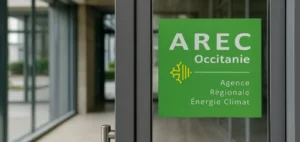Baker Hughes announced that it is simplifying its organizational structure from four to two organizational structures, effective October 1. The transaction is expected to generate savings of at least $150 million. In addition, after a global assessment, the company says it will continue to streamline its products and markets.
Baker Hughes Restructuring
Houston, Texas-based Baker Hughes says it wants to combine its two oil units into one business. This merger will create a unit focused on oilfield services and equipment. In addition, Maria Claudia Borras, vice president and general manager of the oil services business since 2017, will lead this new unit.
Baker Hughes will also create an industrial and energy technology unit. This new service will be the result of the merger between the processing and digital solutions businesses. In addition, Rod Christie will oversee the Turbomachinery and Process Solutions unit.
This restructuring is the latest in a series of changes at Baker Hughes over the past five years. In fact, in 2017, the company merged with GE Oil and Gas. However, about a year later, they announced that they wanted to separate.
Taking climate change into account
The restructuring will reduce Baker Hughes’ management team. Thus, it will decrease the number of direct reports to the general manager, Lorenzo Simonelli, by 25%. In addition, amid a decline in energy stocks, the company’s shares were falling in September 6 trading.
Baker Hughes’ Industrial Energy and Technology unit will encompass climate change activities. In fact, the company has activities in carbon capture, hydrogen and emissions management. Finally, the company is targeting 3% to 4% of its revenues for its research and development budget.
Baker Hughes expects $10 billion to $11 billion in orders for this unit in 2022 and 2023. In addition, the company expects approximately $200 million in new energy orders this year. Finally, the company estimates that carbon capture will generate between $6 and $7 billion in orders by the year 2030.






















